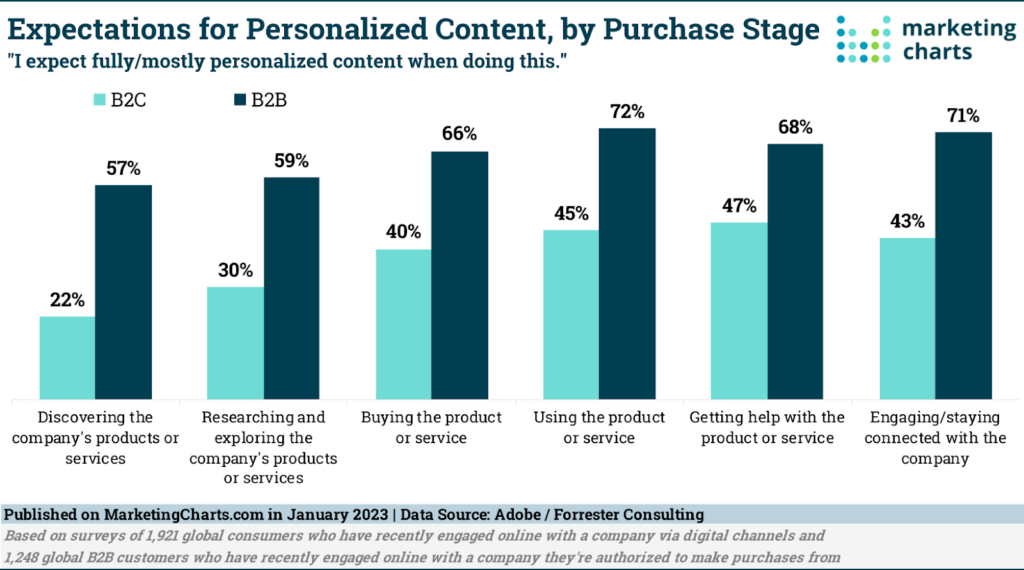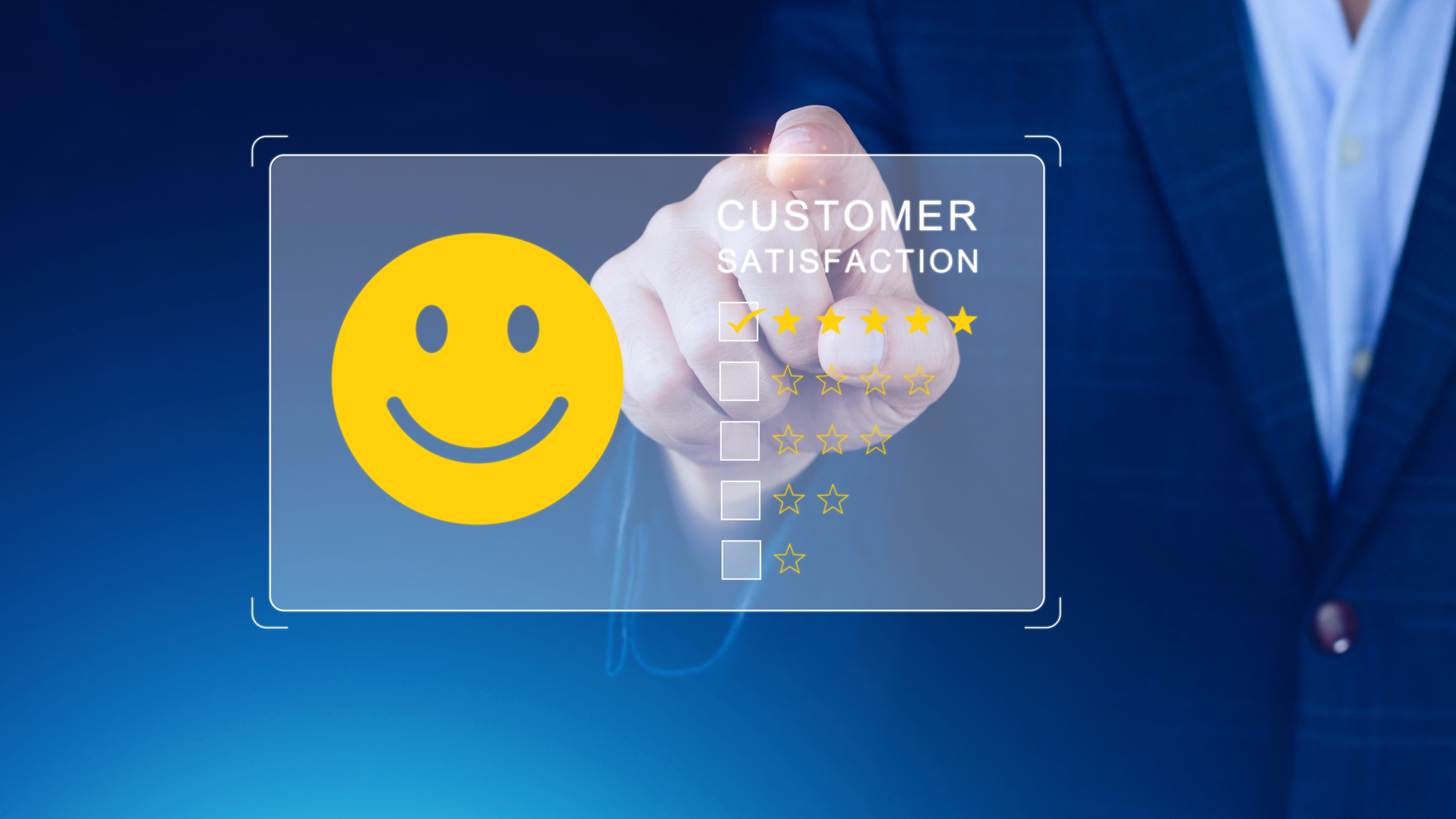Is Your Customer Lifecycle Strategy Aligned with Evolving Consumer Behavior?
Customer lifecycle strategy is a crucial contributor to a business’s ability to engage, convert, and retain customers—and ultimately, to drive growth and long-term profitability. But it’s also harder than ever to execute well, thanks largely to fast-changing market dynamics that are causing customer behaviors to change rapidly.
To keep up with the pace of these changes, businesses need customer lifecycle strategies designed to be agile and data-informed. This requires new approaches that incorporate modern technology tools and data capabilities to access insights not possible with traditional, manual (and now outdated) approaches.
In this guide, we’ll explore what’s required to build a customer lifecycle strategy that stays aligned with evolving customer behaviors and delivers razor-sharp insights that translate to big results.
Quick Takeaways:
- Modern customer lifecycle strategies rely on AI and data analytics to gather real-time insights and predict customer behaviors, ensuring timely and relevant engagement.
- Automation tools streamline repetitive tasks, allowing businesses to maintain consistent communication and focus on strategic, creative efforts.
- Personalization is key, with businesses using data to tailor interactions and recommendations to individual customer preferences at every stage of their journey.
- An effective customer lifecycle strategy includes omnichannel engagement, providing a seamless experience across all platforms and touchpoints.
- Continuously reviewing and adapting your customer lifecycle strategy based on evolving consumer behaviors and feedback ensures sustained success and growth.
Customer Lifecycle Strategy in a Digital World
The digital revolution has fundamentally changed the way businesses and customers interact, and thus it’s demanded new approaches to customer lifecycle management. Unlike traditional models that relied on broad (and often impersonal) tactics, today’s strategies leverage advanced technologies like AI, data analytics, and automation to create personalized, dynamic customer journeys. Here’s how:
AI and Data Analytics
Businesses now collect vast amounts of data from every customer interaction—whether it’s a click on a website, a social media comment, or a purchase. Advanced analytics tools and AI/ML algorithms process this data at scale to uncover insights about customer behaviors and preferences.
For example:: AI can predict which products a customer is most likely to buy next, or identify patterns indicating a customer might be ready to churn. This enables businesses to take proactive steps, such as sending personalized offers or re-engagement campaigns, ensuring that they meet customer lifecycle needs precisely when and where it matters most.
Automation
Automation is crucial for scaling customer lifecycle management efficiently. Modern automation tools handle repetitive tasks, like sending out emails, posting on social media, and even managing customer service inquiries. This frees up time for human teams to focus on more strategic, creative work.
For instance: Automated workflows can nurture leads by delivering personalized content based on user behavior, moving potential customers through the sales funnel more effectively. Additionally, automation ensures that no customer falls through the cracks—every interaction is tracked, and timely follow-ups are guaranteed, improving the overall customer experience and increasing the likelihood of conversion.
This is crucial for meeting response time expectations both for prospects and current customers, who expect “immediate” engagement when they have marketing, sales, and service questions.

Personalization
Personalization is the cornerstone of effective customer lifecycle management in the digital age. Today’s consumers expect experiences tailored to their specific needs and preferences—and they want it at every stage of their journey. Using data collected from various touchpoints, businesses can create highly personalized interactions.

Omnichannel Engagement
Customers today interact with brands through a variety of platforms—websites, mobile apps, social media, email, and physical stores (among others). Omnichannel engagement provides a seamless and consistent customer experience across all channels and touchpoints, and effective customer lifecycle management includes an omnichannel strategy to accelerate the journey through each stage.

Aligning Your Customer Lifecycle Strategy with Evolving Consumer Behavior: 9 Key Questions to Help
In today’s fast-changing market, ensuring your customer lifecycle strategy aligns with evolving consumer behavior is crucial for sustained success. Here are key questions to ask to determine if your strategy is on track:
- Are We Leveraging Real-Time Data?
Real-time data is crucial for staying current with changing consumer behavior, allowing for immediate adjustments to your strategy. Utilize analytics tools to gather and analyze data continuously, ensuring your decisions are based on the latest consumer insights.
- Is Our Approach Personalized?
Ask whether your marketing messages, product recommendations, and customer interactions are customized based on individual and segmented customer data. Implement AI and machine learning to deliver personalized experiences and offers at scale to widen your reach without compromising on engagement quality.
- Do We Use Omnichannel Engagement?
Evaluate your engagement strategies across marketing channels and assess whether the experiences you deliver are connected and consistent across touchpoints. Identify and address CX gaps where necessary to ensure a seamless customer journey.
- Are We Agile and Flexible?
The ability to adapt quickly to new consumer trends and market shifts is vital. Assess whether your strategy allows for agility and flexibility. This includes having processes in place to pivot your approach based on real-time feedback and emerging data.
- Do We Collect and Act on Customer Feedback?
Direct feedback from customers is invaluable for understanding their needs and continually improving their experience. Regularly collect feedback through surveys, social media, and customer service touchpoints. More importantly, act on this feedback by making necessary adjustments to your strategy.
- Are We Measuring the Right KPIs?
Key performance indicators (KPIs) should reflect your goals and provide insights into your strategies’ effectiveness. Regularly review important metrics like customer satisfaction, retention rates, and conversion rates to ensure they align with evolving consumer behavior. Adjust your KPIs as needed to stay relevant as customer priorities and preferences change.
- Is Our Customer Journey Mapped and Optimized?
A detailed customer journey map helps you understand and optimize each stage of the customer lifecycle. Ask if you have mapped out the entire customer journey and identified potential pain points. Use this map to enhance each interaction, from awareness to advocacy.
- Do We Integrate Technology Effectively?
Leveraging the right technology is crucial for a modern customer lifecycle strategy. Assess whether you are using advanced tools like CRM systems, marketing automation platforms, and AI-driven analytics to streamline processes and enhance customer interactions.
- Are We Continuously Improving Our Strategy?
The market and consumer behaviors are always evolving, so your strategy should too. Ensure you have processes in place for regular review and improvement. This includes staying updated on industry trends, attending relevant training, and being open to adopting new technologies as they become available.
Wrapping Up
By taking a fresh look at what the customer lifecycle looks like in a digital world and asking the key questions covered in this guide, you can ensure that your customer lifecycle strategy is not only aligned with current consumer behaviors but also adaptable to future changes.
Televerde can help you build a strategy that deliver. Our industry-leading demand generation, sales, and customer experience solutions help clients connect with their ideal customers and close more deals.
Contact our team today to learn more about how we can help you grow.


